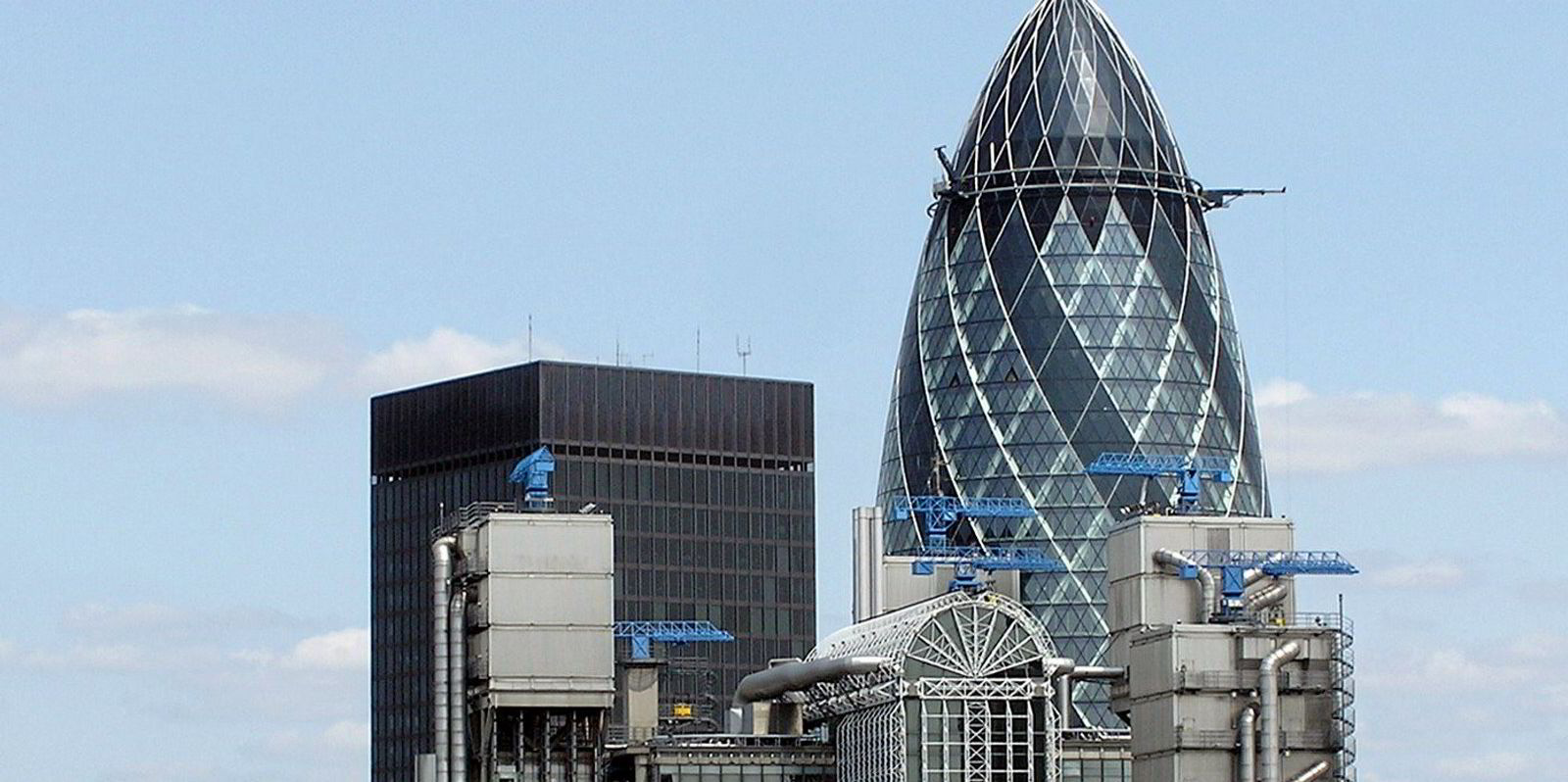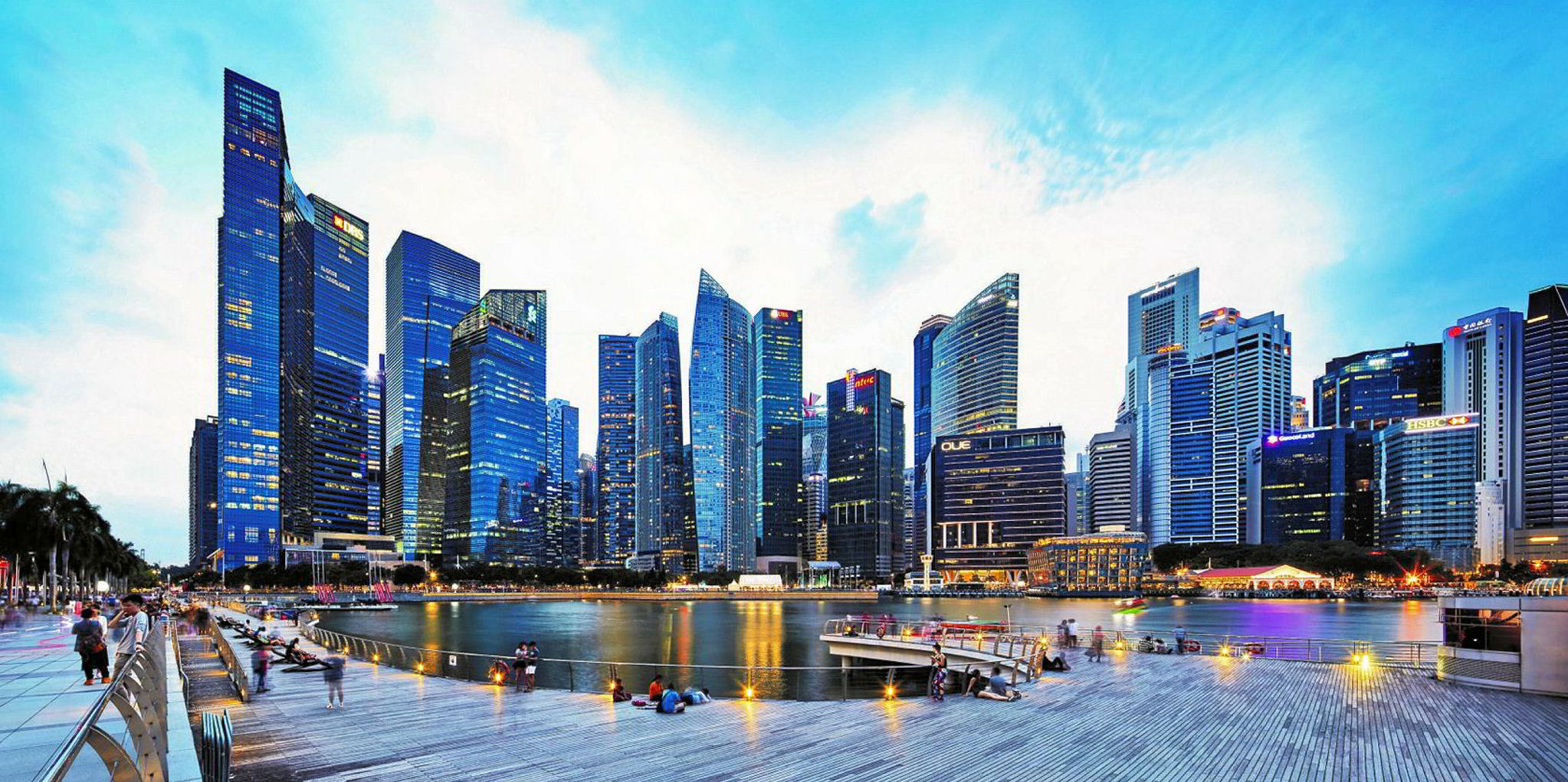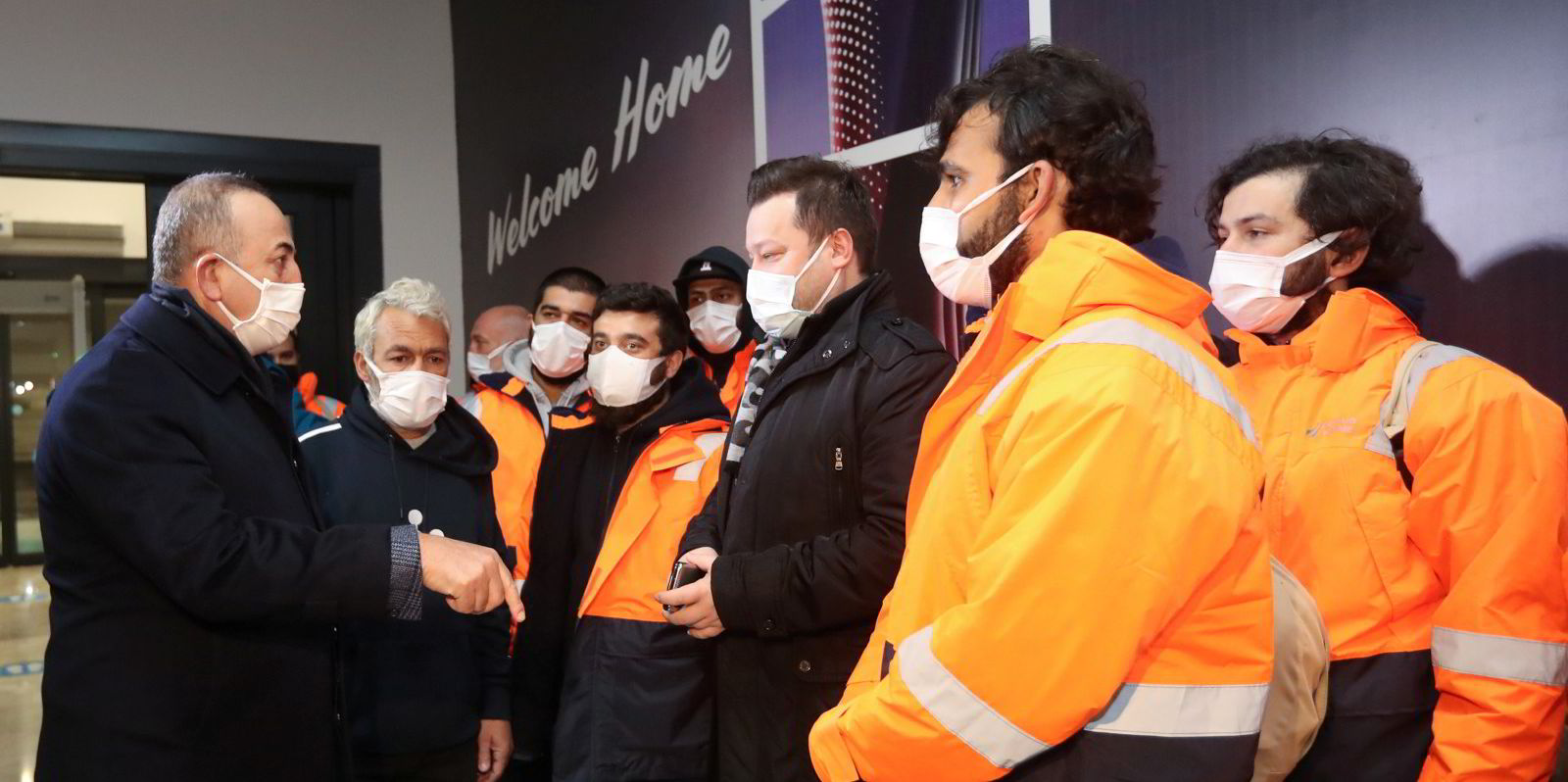Gallagher predicts there will be no let-up in the increase in hull and machinery insurance premiums this year partly due to the impact of coronavirus on insurers.
The prospect of paying even more for hull insurance will frustrate shipowners, who have only just gone through an inflationary round of protection and indemnity insurance renewals.
Commenting in its Hull and Machinery and War Risks Market Report, Gallagher said shipowners had already faced double-digit increases in hull and machinery last year and there would be further rises this year.
The insurance broker said insurers have been tough on shipowners and shown they are prepared to “walk away” from accounts where they cannot secure what they consider to be adequate rates.
But it said some owners with “clean” claims records may at least be able to avoid the increases if they accept larger deductibles.
“All of this suggests we should expect a continued hardening throughout 2021," Gallagher said. "There is also some speculation of more focus on deductibles over the coming year. Owners with low claims incidence may look to avoid a further increase in rates by accepting higher deductibles or retention.”
The company added that a recent court ruling making insurers liable for business interruption claims linked to Covid-19 could put pressure on them to harden rates across all their business lines, including marine.
“A recent UK High Court ruling in favour of claimants against multiple insurers is expected to lead to payments totalling hundreds of millions of pounds on business interruption policies for losses occurring during the first UK lockdown,” Gallagher said. "These losses are likely to strengthen the resolve of the insurers involved to maintain hardening across all lines of business."
Although direct hull and machinery claims linked to coronavirus are unlikely, both the London Join Hull Committee and Nordic Association for Marine Insurers (Cefor) have introduced exclusion clauses for communicable diseases.
Gallagher also took a look at the trends in war risk rates. The firm said political tension is reducing in the Middle East Gulf and lowering rates, but pointed to higher rates for tankers in the southern Red Sea ports following a number of attacks last year.
The broker said the Gulf of Guinea experienced its most significant increase in war risk rates. It pointed out 95% of the 135 crew kidnappings in 2020 happened in the region.







